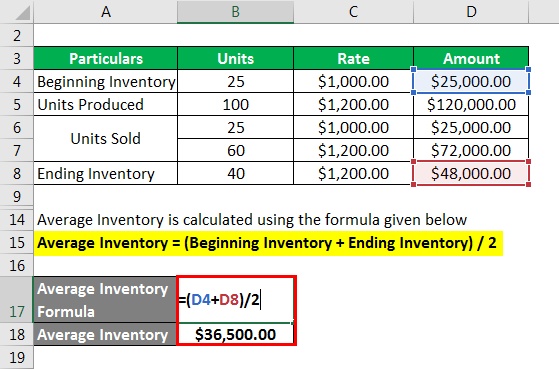
When considering attrition many leaders tend to focus on the problem of high turnover-with good reason. There are actually two types of attrition problems: too little and too much. The attrition rate shows the percentage of employees you lost and did not replace. An attrition rate looks at the exact opposite or retention. What is the difference between attrition and retention? A retention rate is the percentage of employees your business has retained over a specified time period. What is attrition and retention of employee? … Gross attrition is the loss of existing customers and their associated recurring revenue for contracted goods or services during a particular period. What does attrition mean in HR?Īttrition is the departure of employees from the organization for any reason (voluntary or involuntary) including resignation termination death or retirement.Ĭustomer attrition also known as customer churn customer turnover or customer defection is the loss of clients or customers. Both employee turnover or failure to retain customers over time can challenge managers. Attrition can involve the loss of employees or the loss of customers. In today’s competitive business environment the impact of attrition on a business can be detrimental to both the bottom line and morale. Positive attrition results when the loss and replacement of an employee is better for the organization. However not all attrition is bad in the long run.

It is generally perceived as a negative because of the costs and challenges involved in hiring new employees to take over jobs. Loss of personnel in an organization in the normal course of events as by retirement. An example of attrition is one army wearing down another throughout the course of a war.

An example of attrition is a cliff face eroding due to rain and wind.


 0 kommentar(er)
0 kommentar(er)
